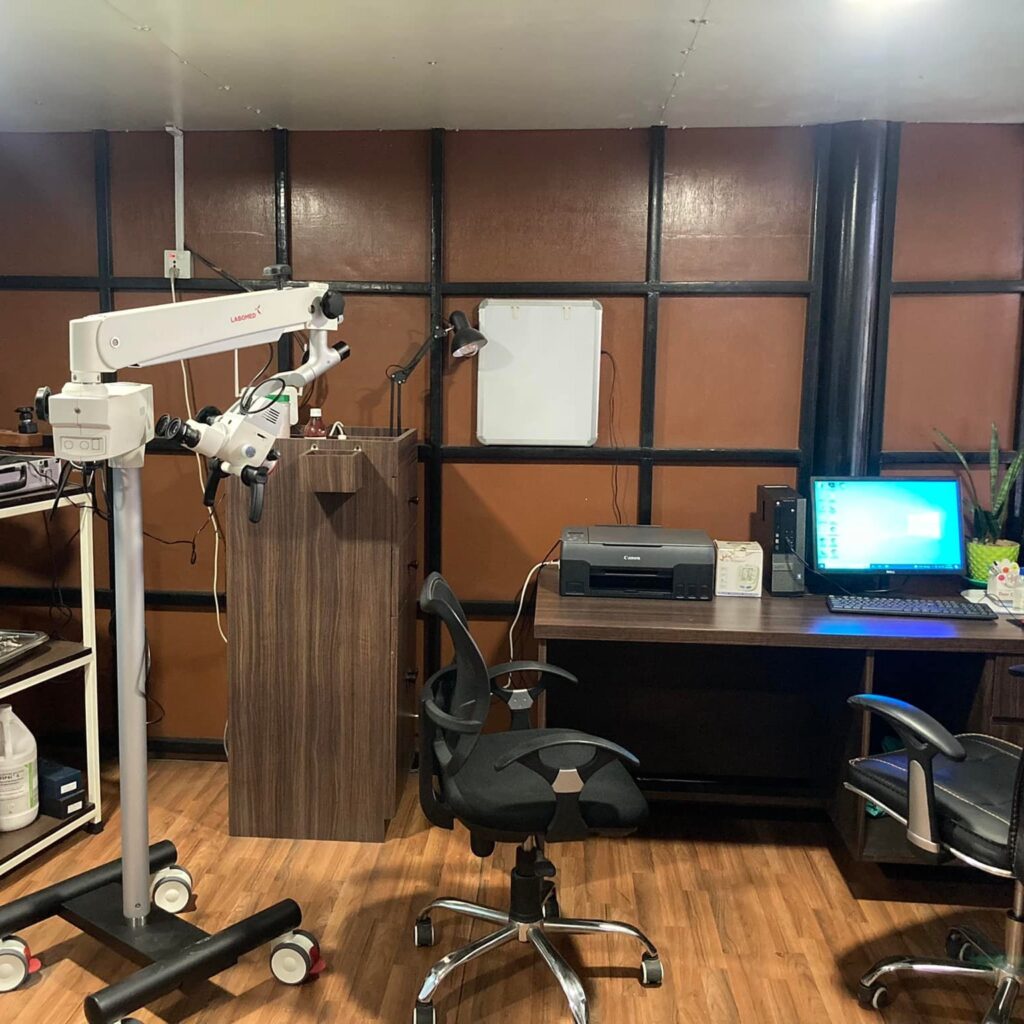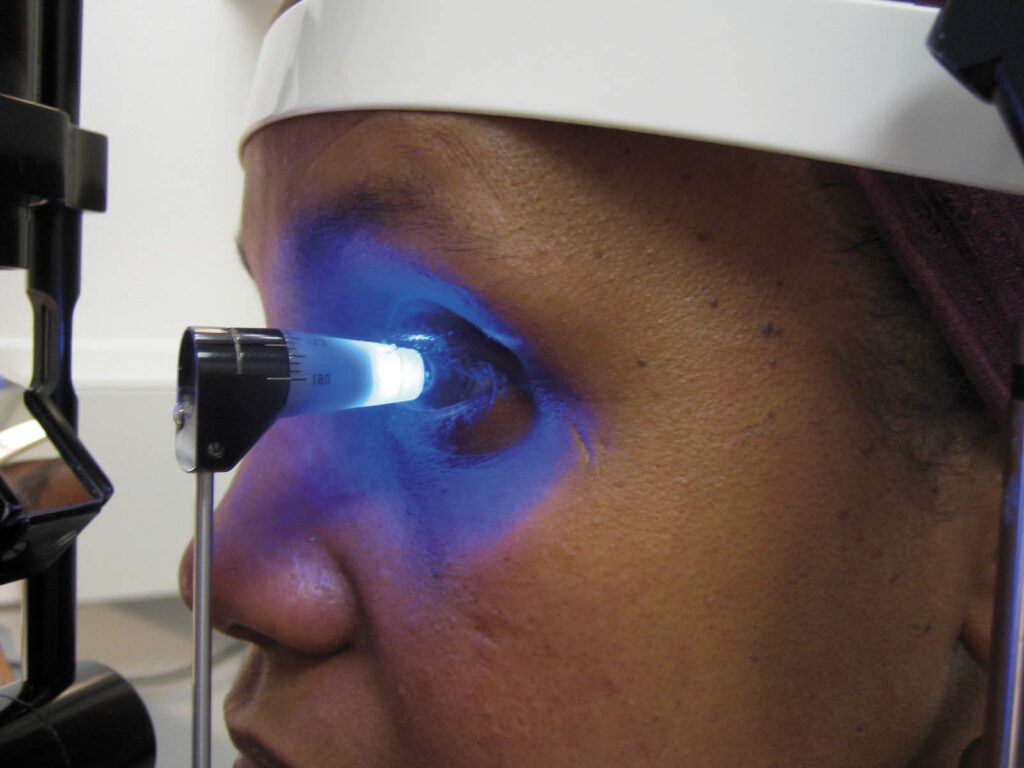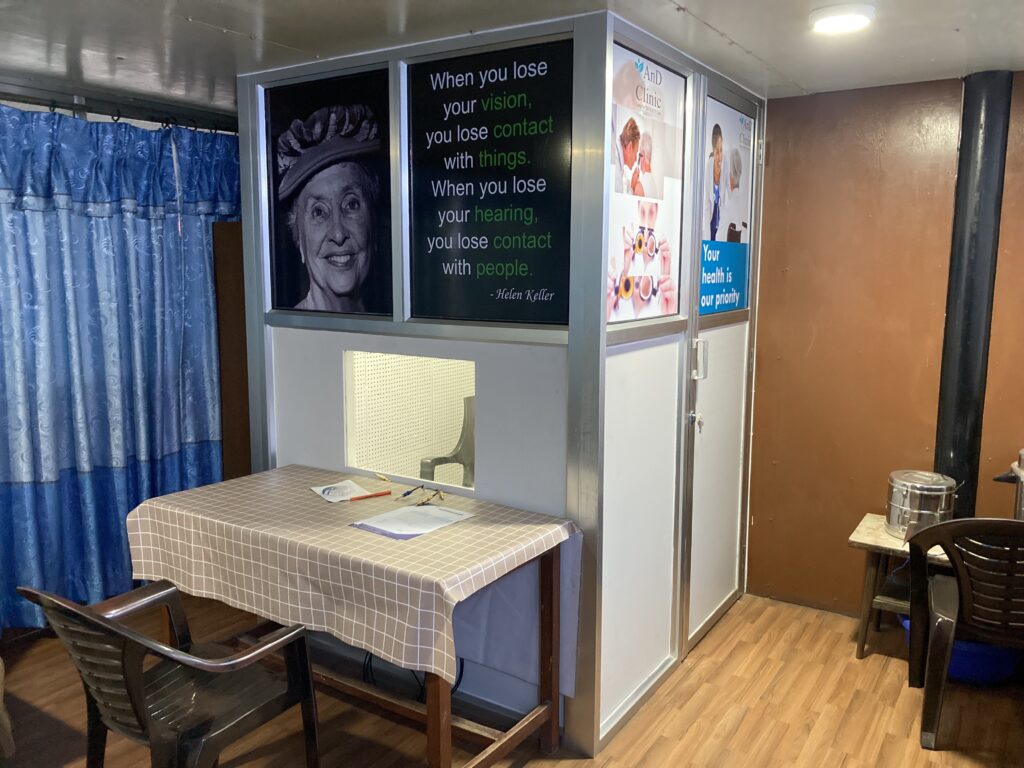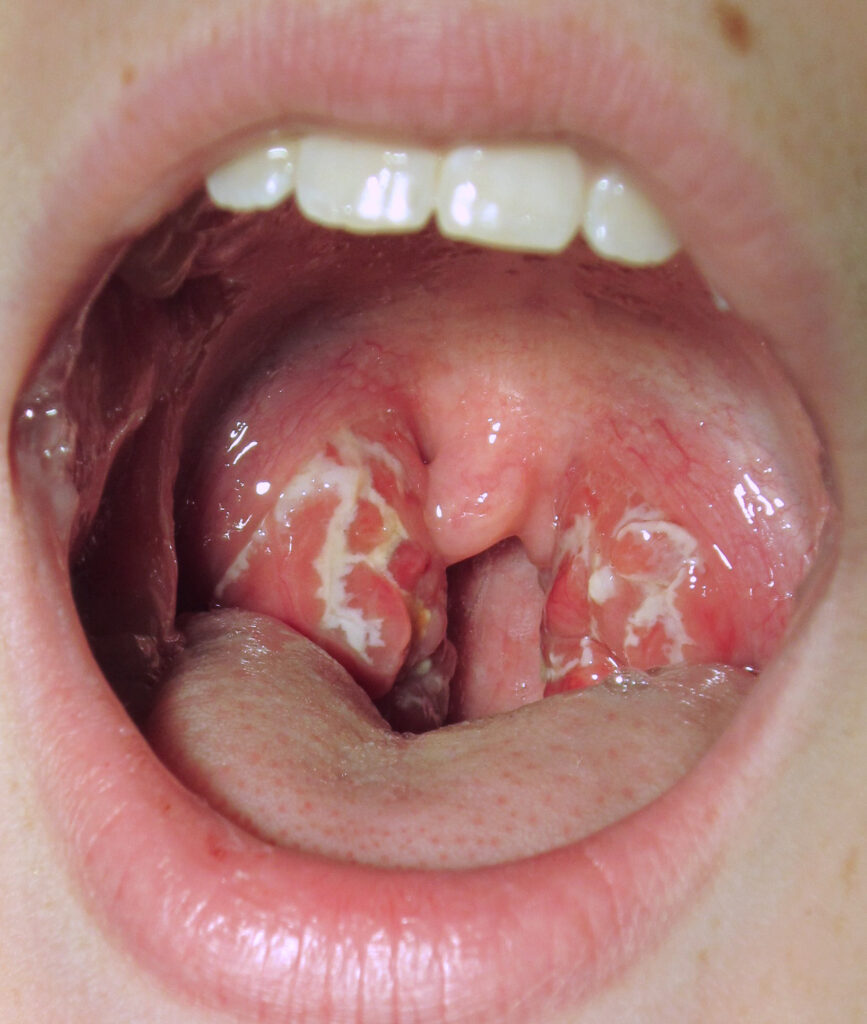Role of Honey and Acetic Acid in Mitigating the Effects of Button Battery in Esophageal Mucosa: A Cadaveric Animal Model Experimental Study (BR Gyawali, DR Gyawali, RPS Guragain)
Abstract:
The objective of our study was to evaluate the role of honey and acetic acid in mitigating the mucosal injury posed by button battery using esophagus specimens from goat cadavers. This was an in vitro experimental cadaveric animal model laboratory study. We used 40 specimens of cadaveric goat esophagus and divided into four groups (A, B, C and D). The first comparison was between group A (specimens with button battery only) and group B (specimens with button battery coated with honey) for the difference in the degree of mucosal injury and change in pH and temperature. The second comparison was between group C (specimens with button battery removed after six hours) and group D (specimens with 5% acetic acid applied following the removal of the battery after six hours) for the difference in the progression of the mucosal injury and change in pH and temperature. The observer was blinded regarding the allocation of the groups. We used Fisher’s exact test and independent sample t-test, to evaluate the statistical association. There was a statistically significant reduction in the degree of mucosal injury in specimens applied with a button battery coated with honey compared to the specimens applied with button battery only. Similarly, the progression of the mucosal injury was halted in specimens with the application of acetic acid following the removal of the button battery. Honey and acetic acid can mitigate the mucosal effects posed by the button battery in cadaveric goat esophageal specimens.
Otorhinolaryngological and ophthalmological manifestations of COVID-19 in the pediatric population (ST Gyawali, BR Gyawali)
Abstract:
The severe Acute Respiratory Syndrome Coronavirus 2 pandemic has affected several countries throughout the world. Being very contagious, it can affect any individual. So far, the prevalence of Severe Acute Respiratory Syndrome Coronavirus 2 in children amongst the total infected population is very low, ranging from 1-5%. Difficulty in diagnosing the disease clinically in the pediatric population owing to their inability to explain their symptoms often renders a possibility of overlooking this disease. Moreover, new modes of presentation are being reported apart from the classical tell-tale signs. In this scenario, medical professionals dealing with children should be well aware of different modes of presentation of this disease in the pediatric population. This study thus aims to review otorhinolaryngological and ophthalmological manifestations in the pediatric population affected with Severe Acute Respiratory Syndrome Coronavirus 2.
A Laboratory Model and Scope of Three-Dimensional Printing in Pediatric Airway Surgery Practice for Developing Nations Like Nepal (BR Gyawali, RPS Guragain)
Abstract
Pediatric airway surgery, one of the complex procedures in otolaryngology, often demands a good surgical dexterity. To improve the surgical skills, a simulation laboratory can be a good option. Here we present a model of an airway surgery laboratory which is very minimalist and can be easily established in any hospital setup. Also, we discuss briefly on how a three dimensional (3D) model of an airway can be generated and printed from the digital imaging and communications in medicine (DICOM) CT imaging data of the patients along with the scope of 3D printing in airway surgery.









